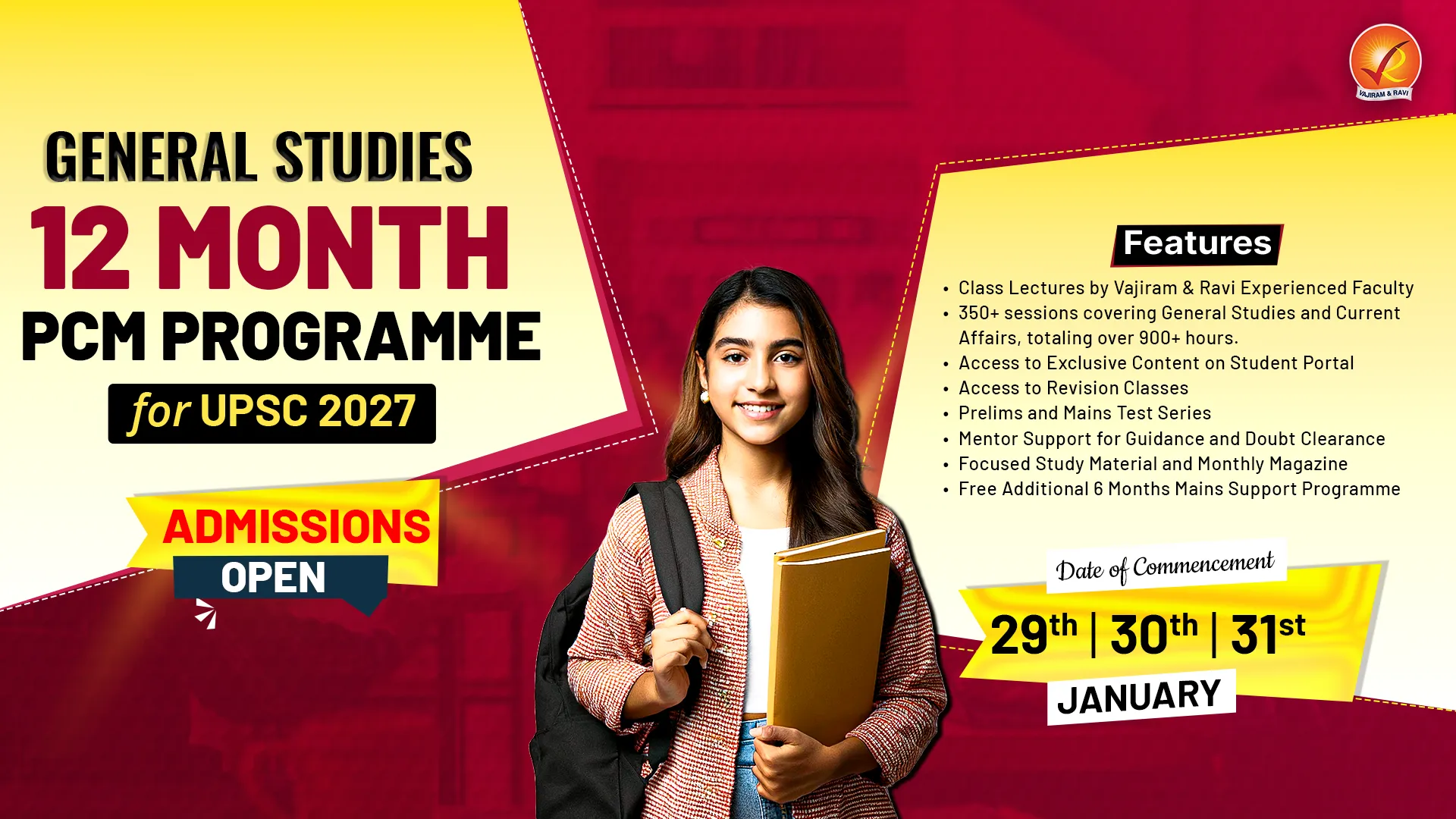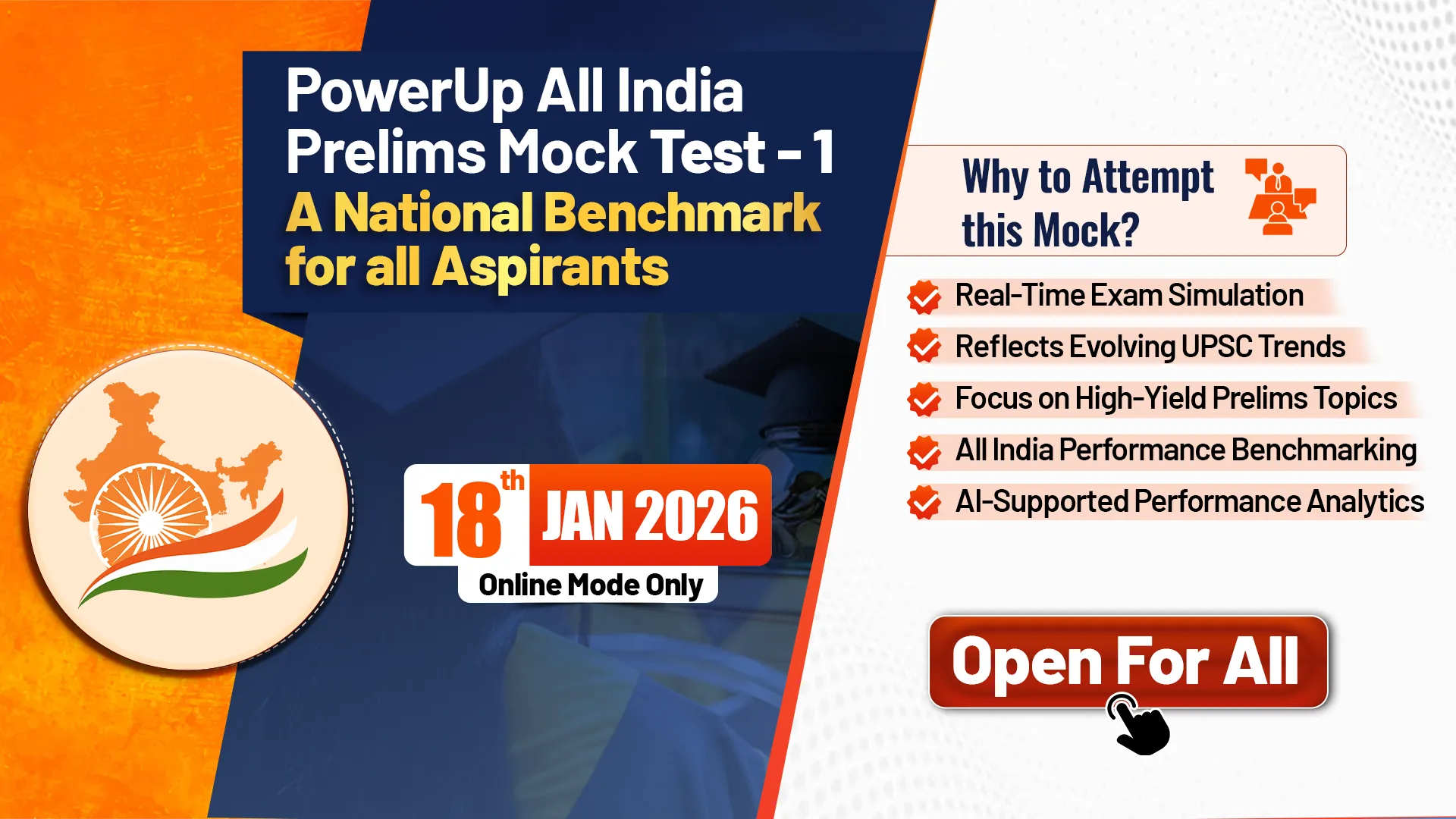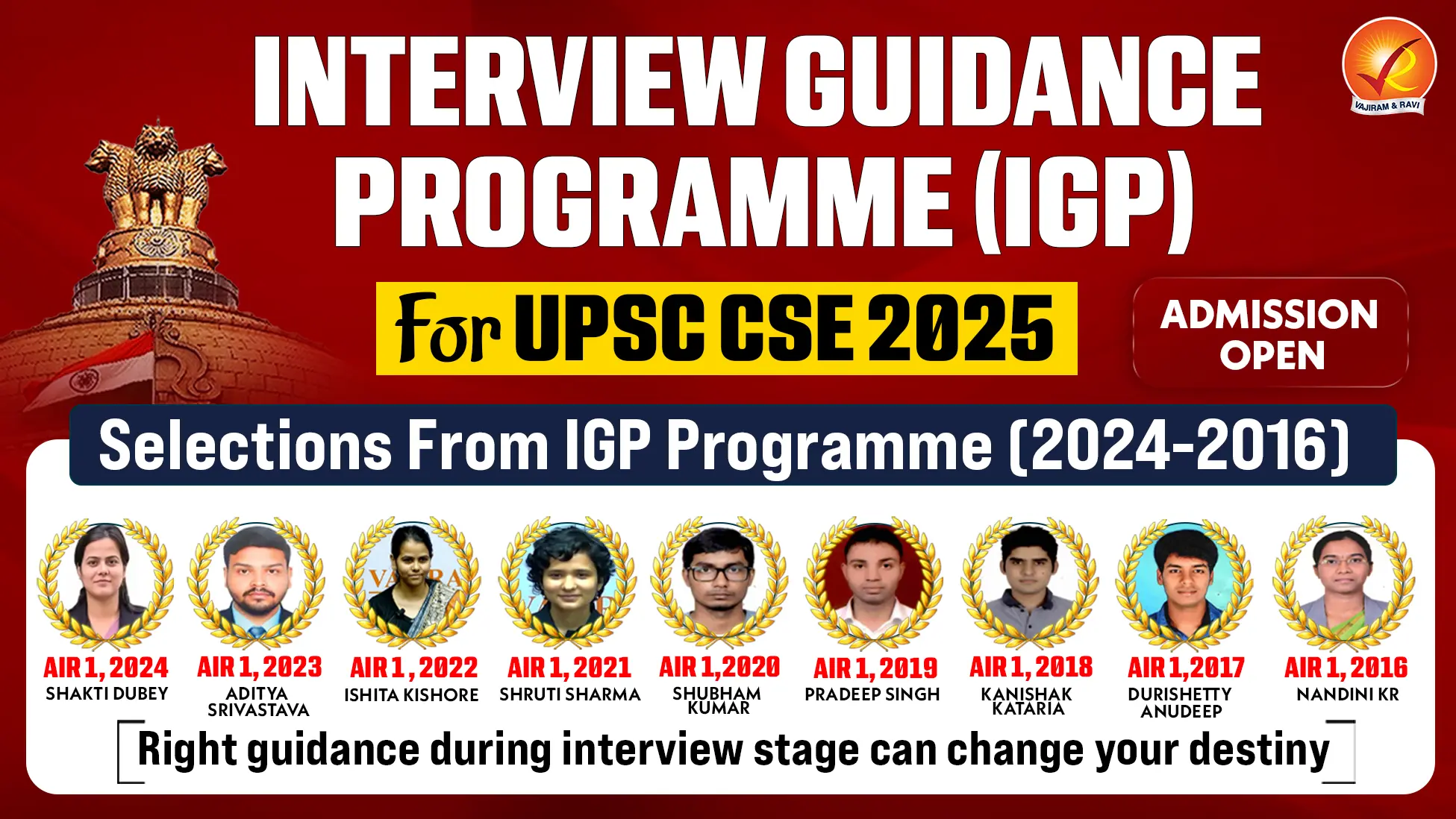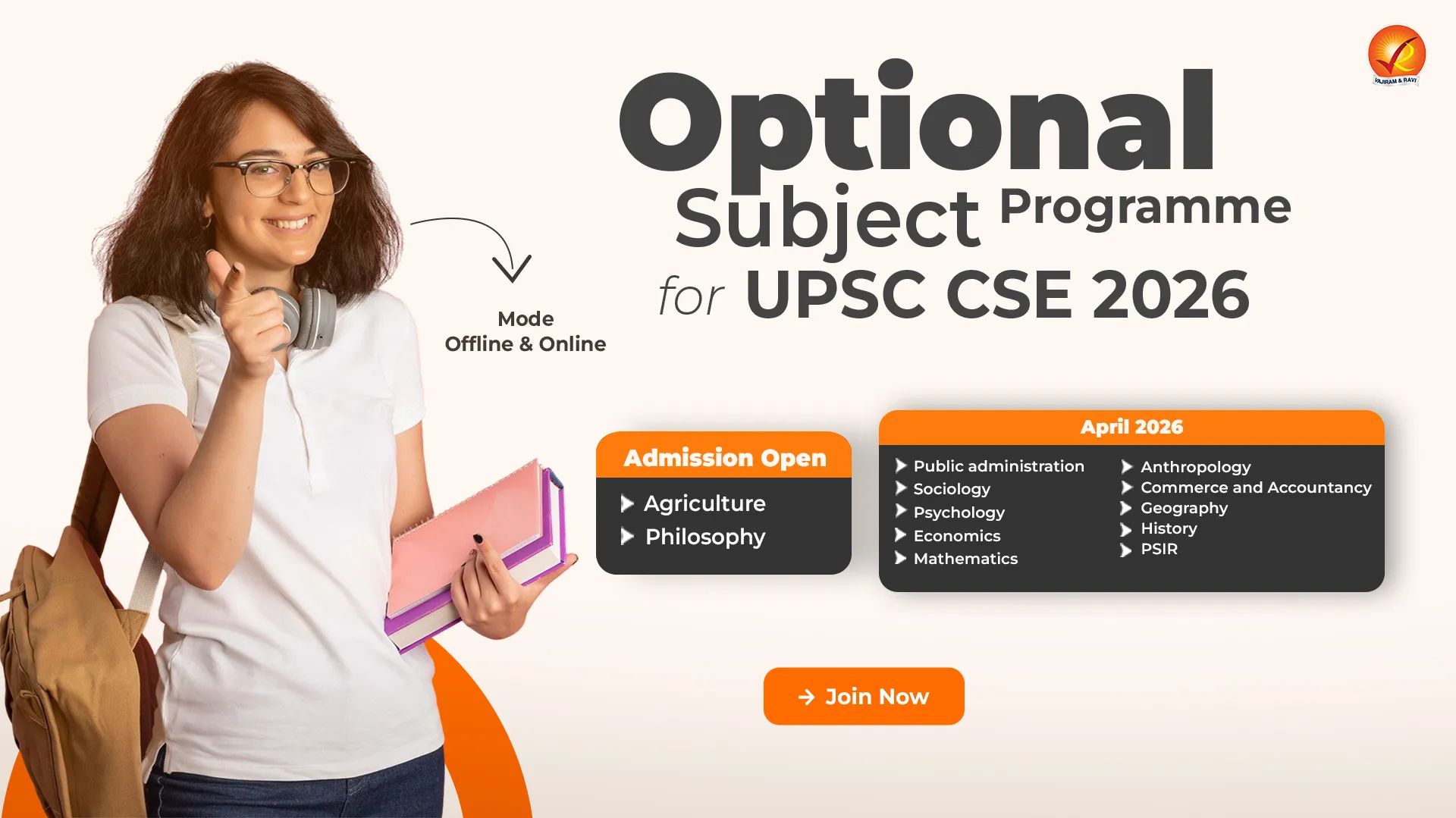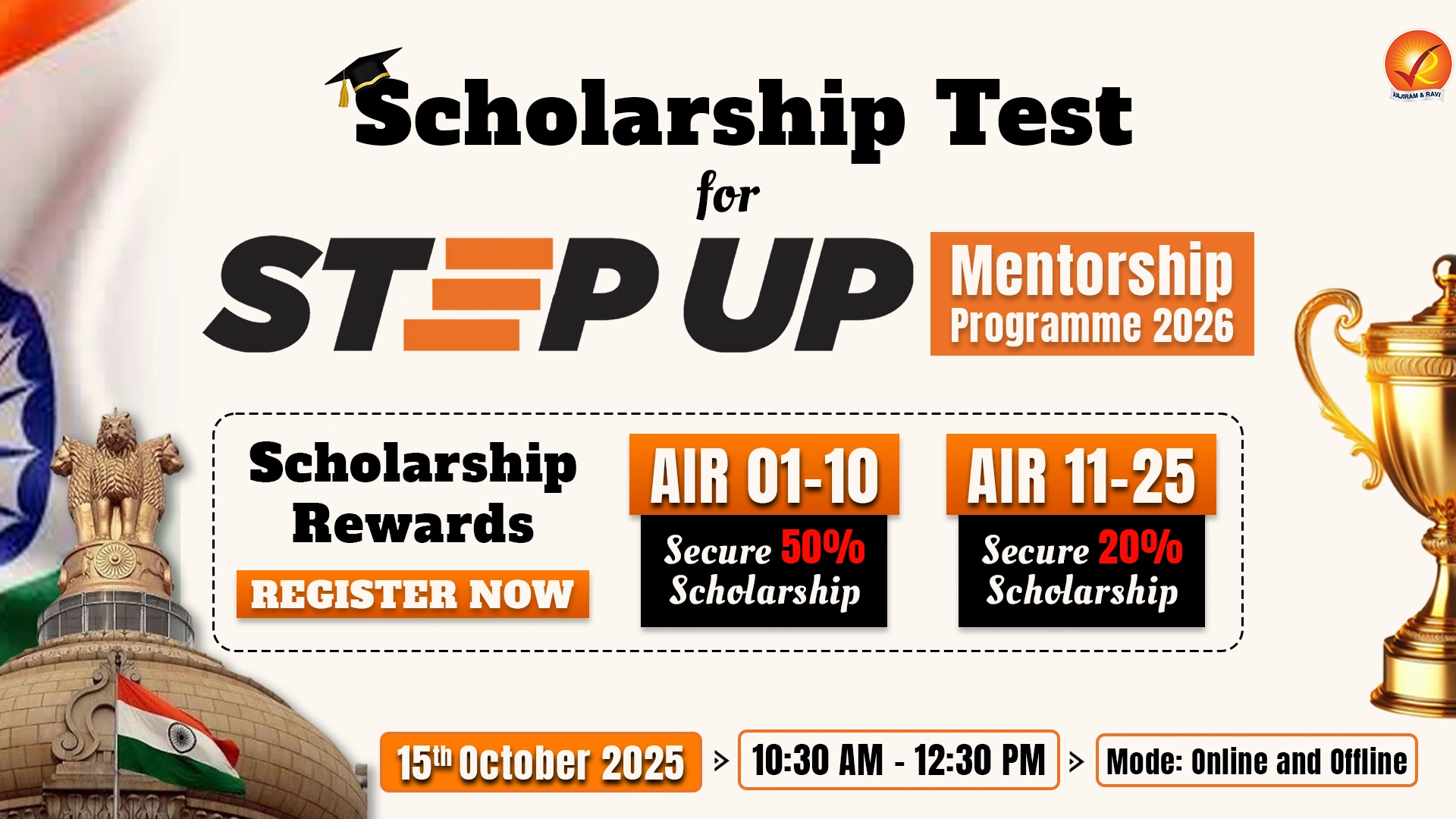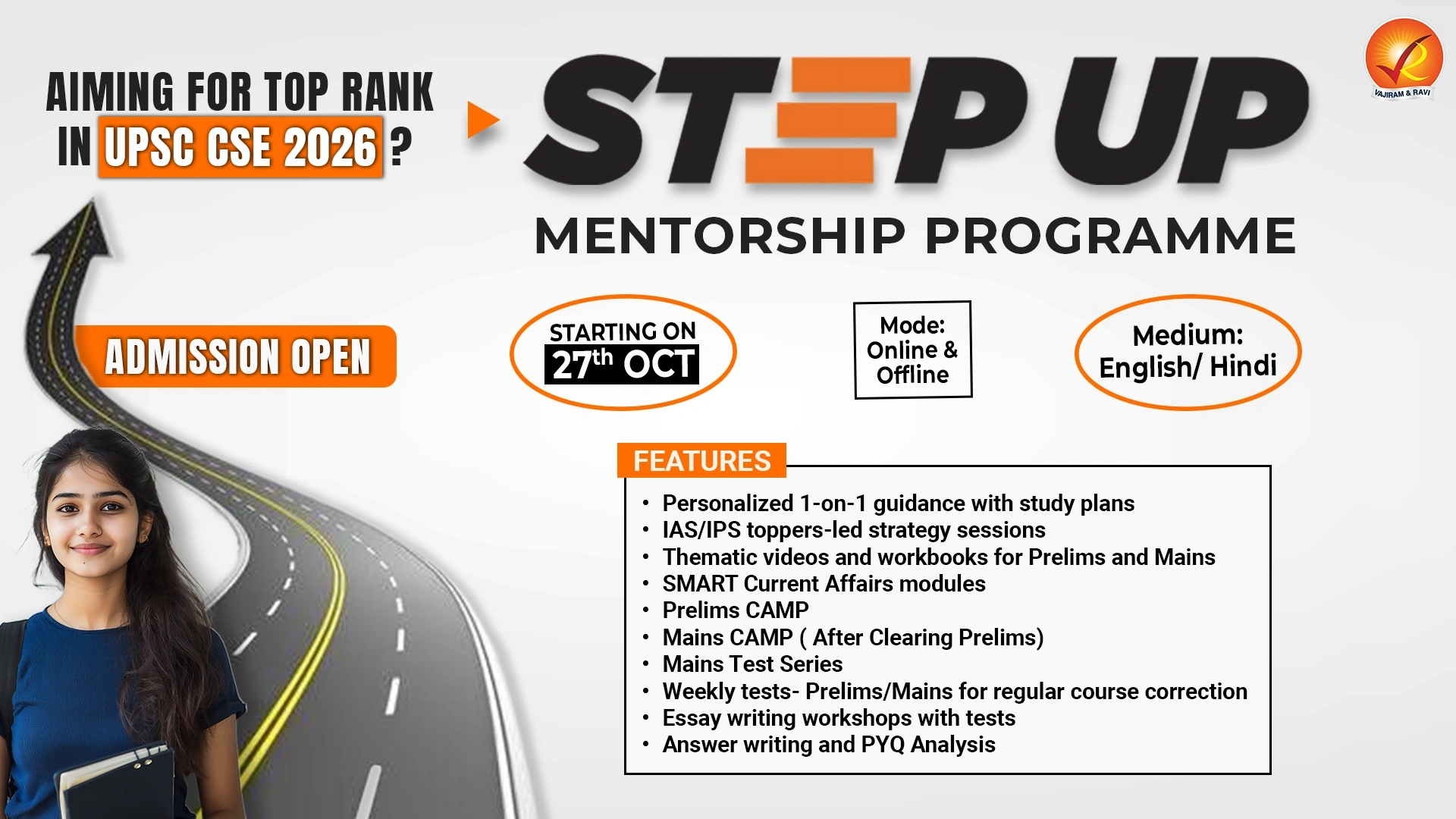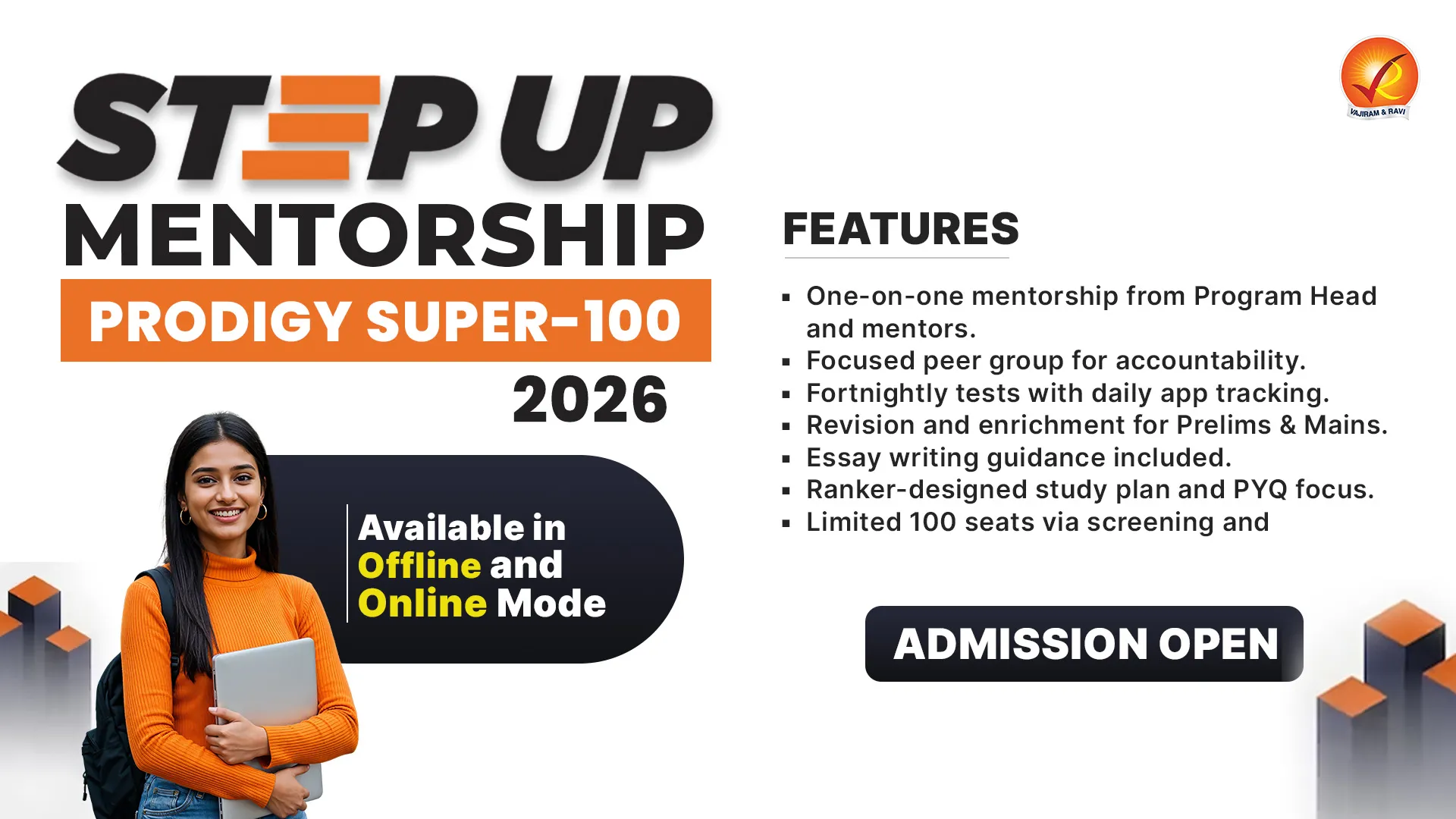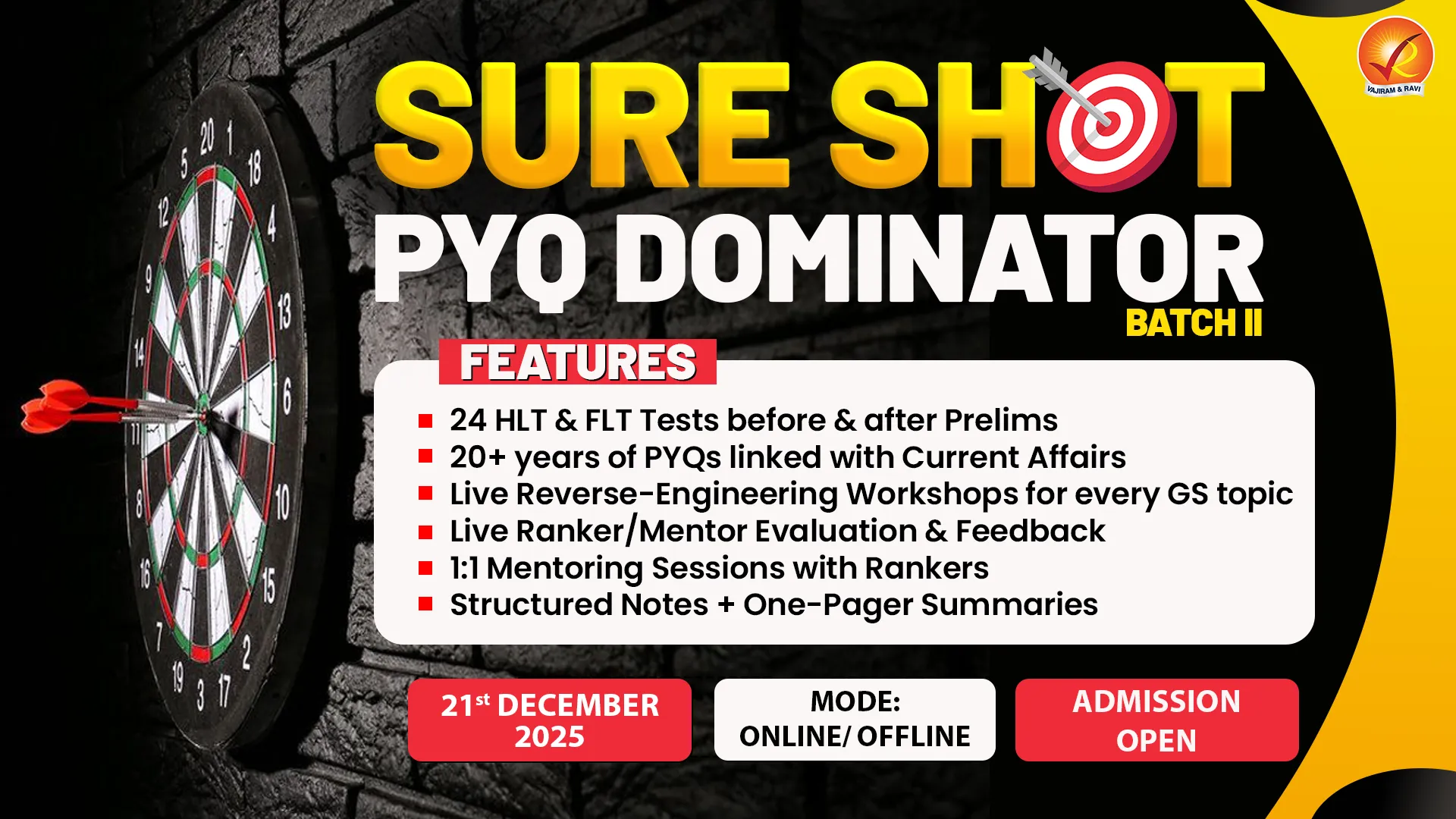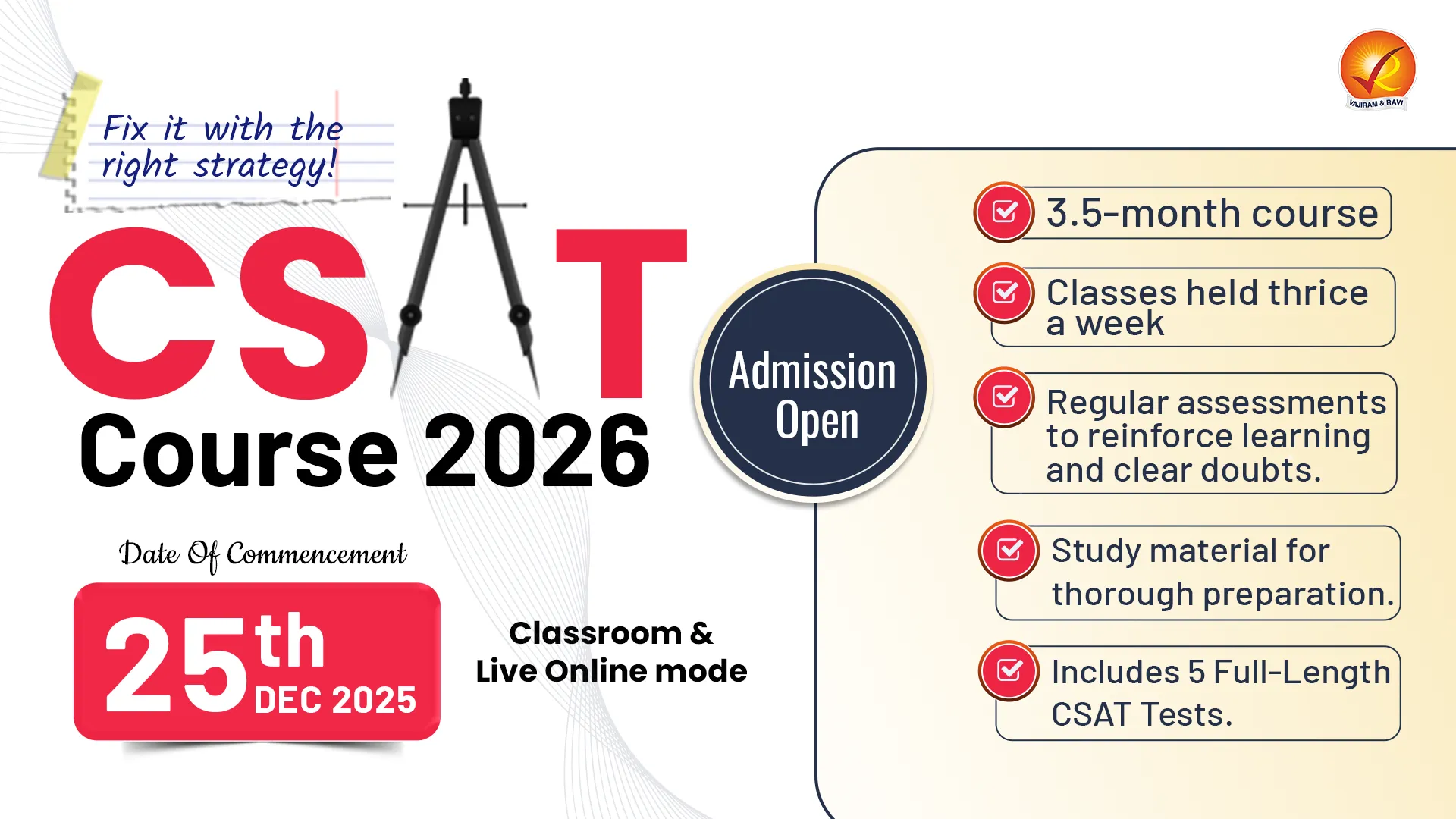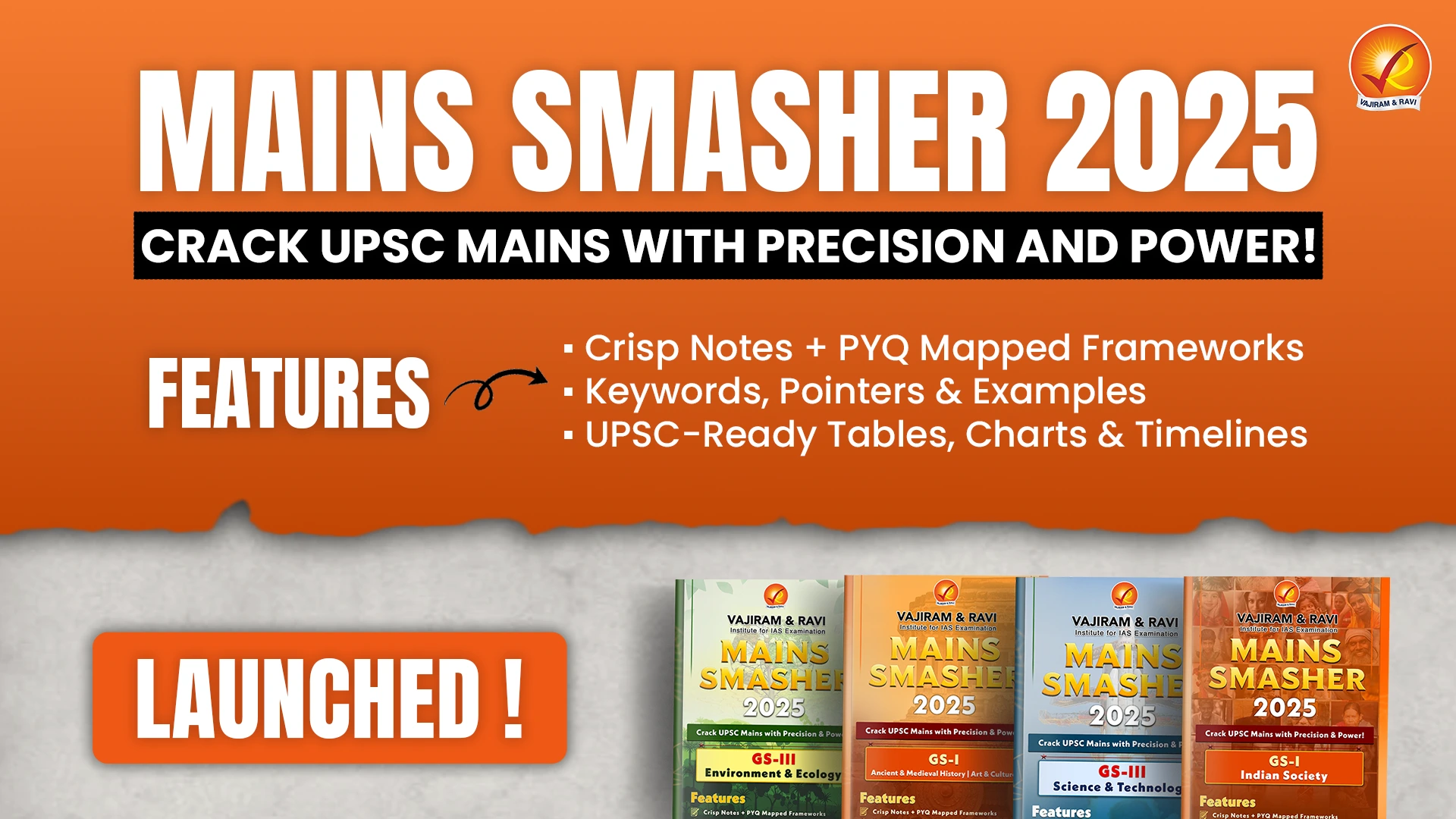Upcoming Mentoring Sessions
RMS - Economy - Industry, Infrastructure & Investment Models
RMS - Polity - DPSP & FD
RMS - Economy - Indian Agriculture - Part II
RMS - Geography - Rocks & Volcanoes and its landforms
RMS - Geography - Evolution of Oceans & Continents
RMS - Polity - Fundamental Rights - P1
RMS - Modern History - 1498 AD to 1757 AD
RMS - Modern History - 1858 AD to 1919 AD
RMS - Geography - Interior of the Earth & Geomorphic Processes
RMS - Geography - Universe and Earth and Basic concepts on Earth
RMS - Economy - Indian Agriculture - Part I
RMS - Economy - Fundamentals of the Indian Economy
RMS - Polity - Union & its territories and Citizenship
RMS - Polity - Constitution & its Salient Features and Preamble
Learning Support Session - ANSWER writing MASTER Session
Learning Support Session - How to Read Newspaper?
Mastering Art of writing Ethics Answers
Mastering Art of Writing Social Issues Answers
Answer Review Session
Mentoring Session - UPSC Form Filling
Mentoring Session (2024 - 25) - How to Write an ESSAY?
Social Issues Doubts and Mentoring Session
Ethics & Essay Doubts and Mentoring Session
Geography & Environment Doubts and Mentoring Session
History Doubts and Mentoring Session
Economy & Agriculture Doubts and Mentoring Session
Online Orientation Session
How to Read Newspaper and Make Notes?
Mains Support Programme 2025-(2)
Mains Support Programme 2025- (1)
Polity & International Relations Doubts and Mentoring Session
Mentoring Sessions (2024-25) - How to DO REVISION?
Learning Support Session - How to Start Preparation?
RMS - Geography - World Mapping
Prelims 2024 Strategy Session
Mentoring Session (2024-25) - How to Make Notes?
General Mentoring Session (GMS )
Mentoring Session (2025-26) - How to write an Answer?
Upcoming Live Classes
Current Affairs
Jan. 8, 2026
What is the Open Network for Digital Commerce (ONDC)?
The Archaeological Survey of India (ASI) recently enabled online ticket booking for "over 170 centrally protected monuments and museums" on the Open Network for Digital Commerce (ONDC), seeking to expand digital access.

About Open Network for Digital Commerce (ONDC):
- It is a transformative initiative by the Department for Promotion of Industry and Internal Trade (DPIIT), Ministry of Commerce, Government of India, aimed at democratizing digital commerce.
- It aims at promoting open networks for all aspects of the exchange of goods and services over digital or electronic networks.
- It represents a step toward digital commerce democratization, shifting it from a platform-centric model—where a few e-commerce giants dominate the market—to an open, interoperable platform where buyers and sellers can interact regardless of the platforms they’re using.
- It is based on open-sourced methodology, using open specifications and open network protocols independent of any specific e-commerce platform.
- It envisions creating a level playing field for sellers, buyers, and service providers across India, particularly small and medium enterprises (MSMEs).
- The initiative has several key objectives:
- Democratization of Commerce: Break the dominance of large e-commerce platforms by enabling interoperability across networks.
- Inclusivity: Empower small businesses, retailers, and local artisans to access the digital marketplace.
- Cost Efficiency: Lower the cost of customer acquisition and transaction processing for sellers.
- Market Expansion: Bridge regional and linguistic gaps, bringing untapped markets into the fold of digital commerce.
- Customer Empowerment: Increase options for buyers by providing access to a broader array of sellers.
- It will enable local commerce across segments, such as mobility, grocery, food order and delivery, hotel booking and travel, among others, to be discovered and engaged by any network-enabled application.
- It comprises buyer-side apps where consumers can place orders, seller-side apps that onboard merchants and display their listings, and logistics platforms that handle deliveries.
- Benefits:
- It offers small retailers an opportunity to provide their services, and goods to buyers across the country through an e-commerce system.
- It enables merchants to save their data to build credit history and reach consumers.
- It is expected to digitise the entire value chain, promote inclusion of suppliers, derive efficiencies in logistics, and enhance value for consumers.
- ONDC protocols would standardize operations like cataloguing, inventory management, order management, and order fulfilment.
Science & Tech
Current Affairs
Jan. 8, 2026
What is the PSLV-C62 Mission?
ISRO’s PSLV-C62 rocket is set to lift off from the first launchpad at Sriharikota, marking India’s first space launch of 2026.

About PSLV-C62 Mission:
- It is a multi-payload mission of the Indian Space Research Organisation (ISRO) that will carry one primary satellite and 18 secondary payloads into space.
- It is ISRO’s first space launch of 2026.
- It is scheduled to lift off from Sriharikota.
- The mission's primary payload is the earth observation satellite EOS-N1 (codenamed ‘Anvesha’), an hyperspectral imaging satellite developed primarily for the Defence Research and Development Organisation (DRDO) for strategic purposes.
- Unlike conventional imaging satellites, hyperspectral satellites can “see” the Earth in hundreds of wavelengths, allowing them to identify materials and objects with far greater precision.
- This capability makes EOS-N1 a high-value asset for national security, border surveillance and strategic monitoring.
- At the same time, the satellite will also be used for civilian applications such as agriculture planning, urban mapping, mineral detection, and environmental monitoring.
- PSLV-C62 will also carry Europe's Kestrel Initial Demonstrator (KID), an experimental mission involving a small re-entry capsule developed in collaboration with a Spanish startup.
- The capsule is expected to re-enter Earth’s atmosphere and splash down in the South Pacific Ocean.
- Additionally, commercial payloads from startups and research institutions across India, Mauritius, Luxembourg, the UAE, Singapore, Europe, and the United States are manifested for the PSLV-C62 Mission.
- Several Indian startups and academic institutions are also flying their satellites.
- These include OrbitAID Aerospace’s AayulSAT, CV Raman Global University’s CGUSAT-1, Dhruva Space’s DA-1, Space Kidz India’s SR-2, Assam Don Bosco University’s Lachit-1, Akshath Aerospace’s Solaras-S4, and Dayanand Sagar University’s DSAT-1.
- Bengaluru-based OrbitAID Aerospace’s AayulSAT stands out as a historic first.
- It is India’s maiden on-orbit satellite refuelling payload.
- The mission aims to demonstrate technologies that could extend the operational life of satellites by enabling in-orbit servicing and refuelling.
- Such capabilities are seen as crucial for tackling space debris and improving sustainability in Earth’s increasingly crowded orbital environment.
Science & Tech
Current Affairs
Jan. 8, 2026
What is the Sports Authority of India (SAI)?
The Sports Authority of India (SAI) recently launched a four-day Sports Sciences Workshop for combat sports coaches at its Sports Science Division in New Delhi.
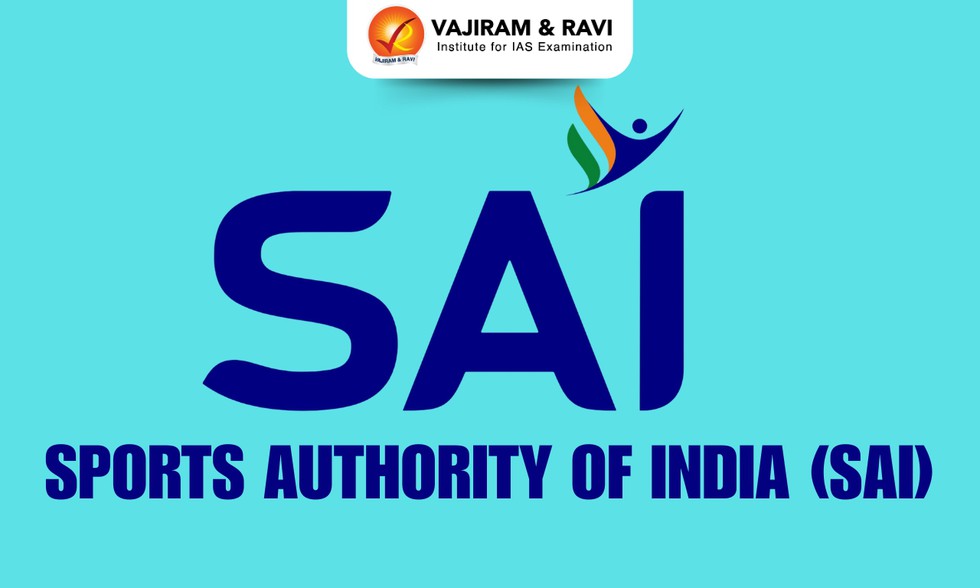
About Sports Authority of India (SAI) :
- It is the apex national sports body of India, established by the Ministry of Youth Affairs and Sports, Government of India.
- It was set up in 1984 to carry forward the legacy of the IX Asian Games held in New Delhi in 1982 under the Department of Sports.
- It is a registered society fully funded by the Government of India.
- It has been entrusted with the twin objectives of promoting sports and achieving sporting excellence at the national and international level.
- It’s primary efforts include widespread talent scouting and training of selected individuals by providing vital inputs like coaching, infrastructure, equipment support, sports kits, competitive exposure, etc.
- It has played a significant role in shaping India’s sports development by providing training to elite athletes and at the same time operating a number of schemes for the identification and development of young talent.
- The schemes are being implemented through various regional centres and training centres of SAI spread throughout the country.
- SAI implements the following Sports Promotional Schemes across the country to identify talented sportspersons in various age groups and nurture them to excel at the national and international levels:
- National Centres of Excellence (NCOE)
- SAI Training Centre (STC)
- Extension Centre of STC
- National Sports Talent Contest (NSTC)
- In addition to that, a number of academic programmes in physical education and sports are also offered by SAI.
- SAI is also entrusted with the responsibility of maintaining and utilizing, on behalf of the Ministry of Youth Affairs & Sports, the following stadiums in Delhi, which were constructed/renovated for the IXth Asian Games.
- Jawaharlal Nehru Sports Stadium
- Indira Gandhi Sports Complex
- Major Dhyan Chand National Stadium
- Syama Prasad Mookherjee Swimming Pool Complex
- Karni Singh Shooting Ranges.
Polity & Governance
Current Affairs
Jan. 8, 2026
What is a Bigha?
The Assam government recently completed an eviction drive to clear alleged encroachment from around 6,200 bighas (nearly 830 hectares) of land in Burhachapori Wildlife Sanctuary, affecting 710 families.
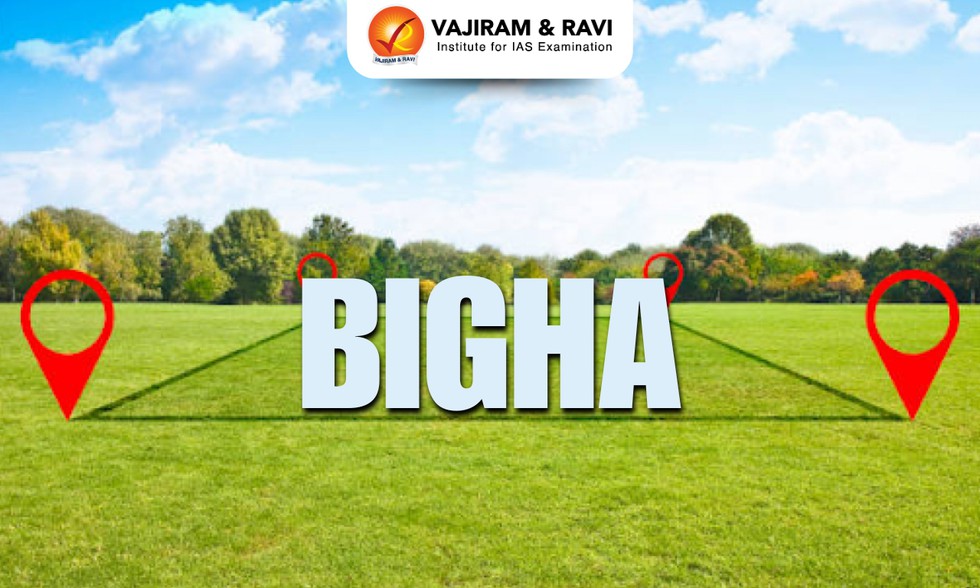
About Bigha:
- It is a traditional unit of land measurement commonly used in India, Bangladesh, and Nepal.
- It is generally used for the measurement of agricultural land, although it may also be used for residential plots.
- Historical Context:
- The origins of Bigha trace back to ancient South Asian practices.
- It originated from the Sanskrit term ‘vigraha,’ which translates to division.
- Before the introduction of modern units like the acre or hectare, landowners and farmers relied on Bigha to calculate land for cultivation, taxation, and trade.
- Over time, it became deeply rooted in the cultural and economic fabric of these regions.
- Popular in states where farming is common, Bigha is used by farmers when measuring plots and negotiating land prices.
- This unit is most commonly used in the following Indian states: Assam, Bihar, Gujarat, Haryana, Himachal Pradesh, Jharkhand, Madhya Pradesh, Punjab, Rajasthan, Uttarakhand, Uttar Pradesh, and West Bengal.
- The exact measurement of bigha differs from state to state.
- There is no national standard for the size of a bigha, and it is typically smaller than an acre.
- Bigha has several subunits in different places; some common ones are:
- Katha
- Biswa
- Nalli
Key Facts about Burhachapori Wildlife Sanctuary:
- It is located on the southern bank of the river Brahmaputra in the Sonitpur district, Assam.
- It is located on the north side of Laokhowa Wildlife Sanctuary and shares an integral transboundary landscape of the Laokhowa-Burachapori Wildlife Sanctuary ecosystem.
- Both the sanctuary was notified as a buffer zone of the Kaziranga Tiger Reserve in 2007.
- Most of the low-lying areas of the sanctuary are vulnerable to flooding during summer.
- Flora: It is enveloped and adorned by wet alluvial grasslands, riparian forests, and semi-evergreen forests.
- Fauna:
- It is a habitat of a wide range of wild animals, including tigers, elephants, wild buffalos, one-horned rhinoceros, hog deer, and wild boar.
- The avian inhabitants feature species like the Bengal florican, black-necked stork, open-billed stork, white-eyed pochard, mallard, spotbill, large whistling teal, and numerous others.
Polity & Governance
Current Affairs
Jan. 8, 2026
Tadoba Andhari Tiger Reserve (TATR)
The Tadoba Andhari Tiger Reserve (TATR) recently undertook a sterilisation and vaccination program to deal with the growing menace of stray dogs.

About Tadoba Andhari Tiger Reserve (TATR):
- It is located in the Chandrapur district in Maharashtra.
- It is the largest and oldest tiger reserve in Maharashtra.
- Established in 1955, the reserve consists of Tadoba National Park and Andhari Wildlife Sanctuary.
- The word ‘Tadoba’ is derived from the name of the God “Tadoba” or “Taru,” which is praised by local tribal people of this region, and “Andhari” is derived from the name of the Andhari River that flows in this area.
- It has corridor linkages with Nagzira-Navegaon and Pench Tiger Reserves within the State.
- Drainage: There are two lakes and one waterway in the reserve: Tadoba Lake, Kolsa Lake, and the Tadoba River.
- Vegetation: Biogeographically, the reserve falls in the Central plateau province of the Deccan peninsula, with tropical dry deciduous forests and a typical Central Indian faunal assemblage.
- Flora: It is blessed with thick forests covered with teak trees and other vegetation such as crocodile bark, salai, tendu, karaya gum, and mahua madhuca.
- Fauna:
- Apart from tigers, the reserve is home to Indian leopards, sloth bears, Indian gaur (bison), wild dogs (dholes), striped hyenas, marsh crocodiles, sambar deer, chital (spotted deer), barking deer, and four-horned antelopes (chousingha).
- It is also a birdwatcher’s paradise, with various species of birds, including crested serpent eagles, grey-headed fish eagles, paradise flycatchers, and hornbills.
Environment
Current Affairs
Jan. 8, 2026
National Quality Assurance Standards
Recently, a total of 50,373 public health facilities across all States and Union Territories have been certified under the National Quality Assurance Standards (NQAS).
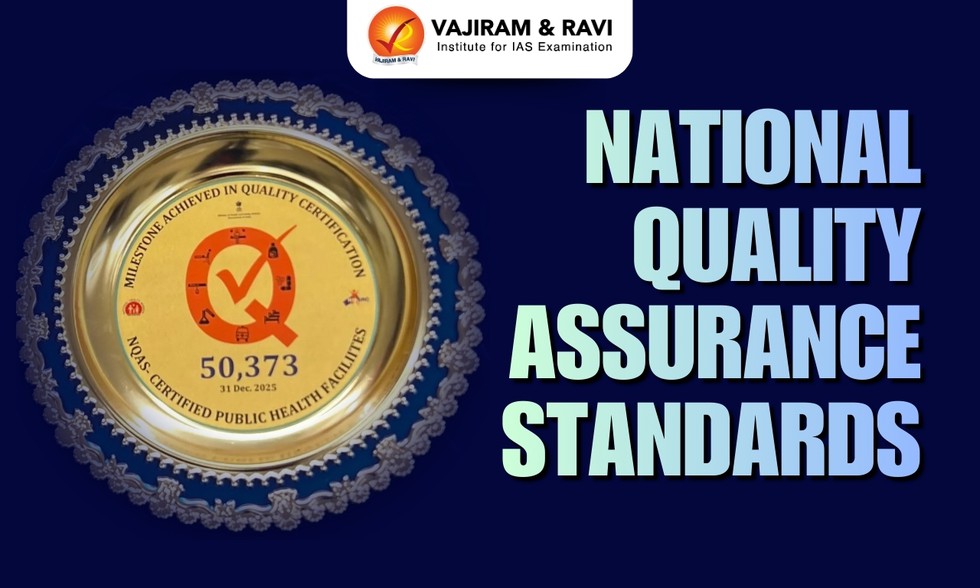
About National Quality Assurance Standards:
- It is a comprehensive quality framework established by the Ministry of Health and Family Welfare (MoHFW).
- It is aimed at ensuring and enhancing the quality of healthcare services provided at public health facilities.
- It was initially focusing on District Hospitals to ensure safe, patient-centric, and quality-assured services.
- NQAS are currently available for District Hospitals, Sub-District Hospitals, Community Health Centres, Ayushman Arogya Mandir–PHCs, AAM–UPHCs, and AAM–Sub Health Centres.
- Purpose: These standards are primarily meant for providers to assess their own quality for improvement through pre-defined standards and to bring up their facilities for certification.
- These are broadly arranged under 8 "Areas of Concern" namely;
- Service Provision, Patient Rights, Inputs, Support Services, Clinical Care, Infection Control, Quality Management and Outcome.
Polity & Governance
Current Affairs
Jan. 8, 2026
Bio-Bitumen
Recently, the Union Minister of State for Science and Technology said that India has entered an era of "Clean, Green Highways" following the successful technology transfer of "Bio-Bitumen via Pyrolysis: From Farm Residue to Roads".
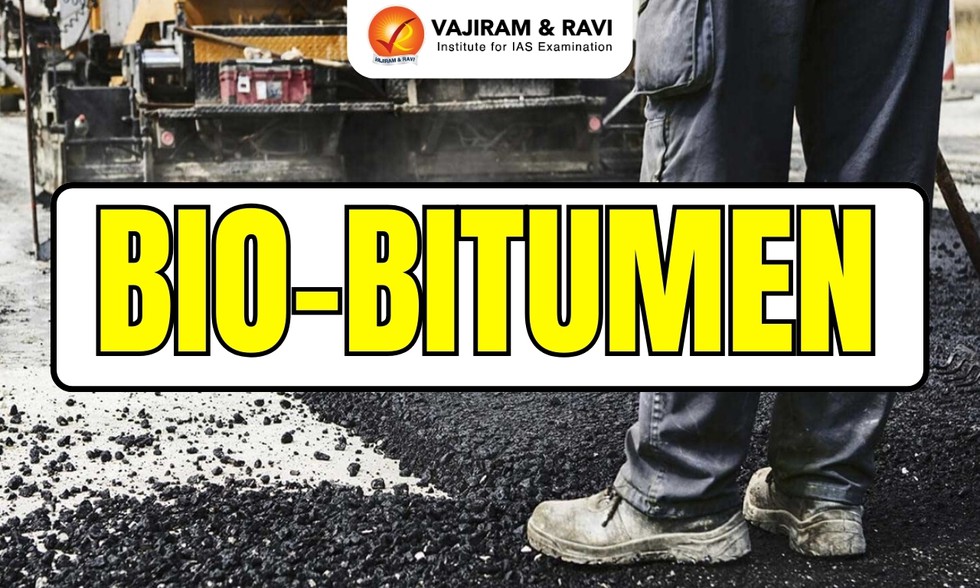
About Bio-Bitumen:
- Bio bitumen is manufactured using renewable organic materials, such as plant-based oils, agricultural waste, or biomass.
- These materials undergo a special processing method to create a high-quality binder that is similar to traditional bitumen.
- It is an alternative to petroleum-based bitumen that lowers both carbon emissions and import dependency,
- Bio-bitumen production involves multiple steps, depending on the source material used. The key processes include:
- Biomass Collection & Processing: Raw materials such as plant-based oils, lignin, or algae are collected and pre-processed.
- Pyrolysis & Bio-Oil Extraction: Thermal decomposition of biomass at controlled temperatures produces bio-oil, which serves as a precursor for bio bitumen.
- Refining & Modification: Bio-oil undergoes refining and polymer modification to enhance its viscosity, thermal stability, and adhesive properties.
- Blending & Finalization: In some cases, bio bitumen is blended with conventional bitumen to improve performance characteristics while maintaining sustainability benefits.
- Significance of Bio-bitumen: Its production results in significantly lower carbon emissions, making it ideal for eco-friendly projects.
Key Facts about Bio-Bitumen via Pyrolysis Technology
- It is an indigenous innovation developed by CSIR‑Central Road Research Institute (CSIR-CRRI) New Delhi and CSIR‑Indian Institute of Petroleum Dehradun (CSIR-IIP)".
- It involves the collection of post-harvest rice straw, its palletisation, and conversion into bio-oil through pyrolysis, which is then blended with conventional bitumen.
- Extensive laboratory tests have shown that 20–30 per cent of conventional bitumen can be safely replaced without compromising performance.
Science & Tech
Current Affairs
Jan. 8, 2026
Dust Experiment (DEX)
Recently, the Indian Space Research Organisation confirmed through it’s first-ever Dust Experiment (DEX) that an interplanetary dust particle enters Earth’s atmosphere approximately every 1,000 seconds.
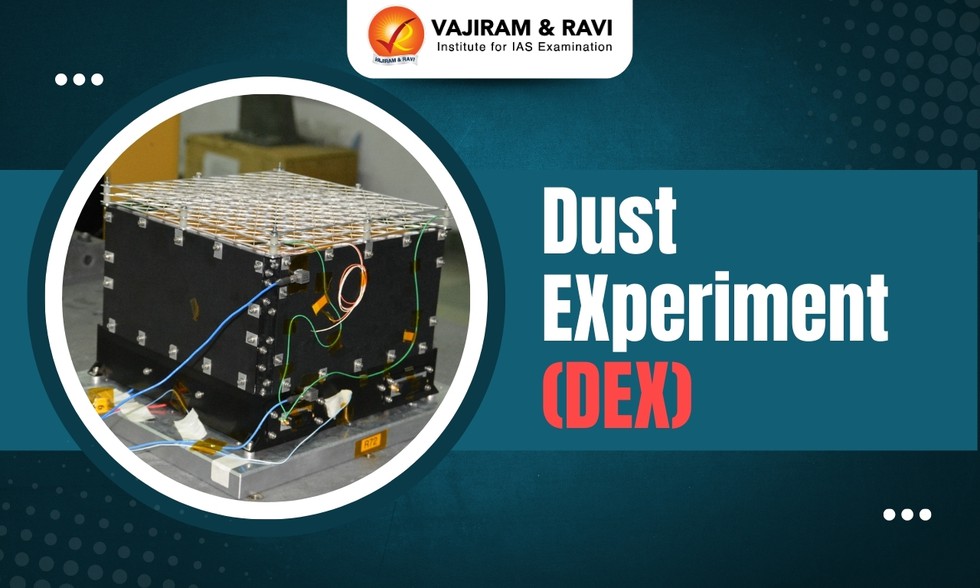
About Dust Experiment (DEX):
- It is the first Indian-made instrument to hunt for these high speed Interplanetary Dust Particles (IDPs).
- It is the first-of-its-kind instrument designed to detect such high-transient particles.
- It is developed by the Physical Research Laboratory,
- It was flown on PSLV Orbital Experimental Module (POEM) of the PSLV-C58 XPoSat Mission.
- Features of Dust Experiment (DEX):
- It is a compact instrument tuned to hear impacts, capturing vital data.
- It is a blueprint of the detector which can study the cosmic dust particle at any planet having atmosphere or no atmosphere.
- Significance:
- Its data redefines our understanding of the universe and charts the path for safe human deep-space missions.
- Understanding and collecting data on interplanetary dust in Earth’s atmosphere will also be valuable for planning Gaganyaan missions.
What are Interplanetary Dust Particles (IDPs)?
- Interplanetary dust refers to micrometer-scale particles originating from the solar system.
- These are microscopic shrapnel from comets and asteroids that form our atmosphere's mysterious "meteor layer", and show up as “shooting star” in night.
- These can be analyzed to gain insights into their origins, formation mechanisms, and the processes that occurred in early solar and presolar environments.
Science & Tech
Current Affairs
Jan. 8, 2026
Thanthai Periyar Wildlife Sanctuary
Recently, the first phase of the All-India Tiger Estimation-2026 (AITE-26) commenced in the Thanthai Periyar Wildlife Sanctuary.

About Thanthai Periyar Wildlife Sanctuary:
- Location: It is located in Bargur Hills in Erode District of Tamil Nadu.
- It is located between the Sathyamangalam Tiger Reserve of Tamil Nadu and the Male Mahadeshwara Wildlife Sanctuary and the Cauvery Wildlife Sanctuary of Karnataka.
- It is one of the tiger corridors identified by the National Tiger Conservation Authority.
- The region is also part of the Nilgiris Elephant Reserve.
- These forests occupy a prominent position in the Eastern Ghats as they merge with the Western Ghat at the Nilgiris.
- Rivers: It is the catchment of the Palar River that drains into the Cauvery River.
- Fauna: It is home to a healthy population of large herbivores including elephants and the Indian Gaur.
Key Facts about All-India Tiger Estimation
- It is conducted once every four years
- Purpose: To assess the status of the tiger population in the country.
- Past Estimations: Five cycles have already been conducted in 2006, 2010, 2014, 2018, and 2022.
- It is conducted by the National Tiger Conservation Authority (NTCA) and the Wildlife Institute of India (WII) with active participation of the Forest Department.
Environment
Current Affairs
Jan. 8, 2026
Nagauri Ashwagandha
Recently, the Centre has officially granted a Geographical Indication (GI) tag to 'Nagauri Ashwagandha'.
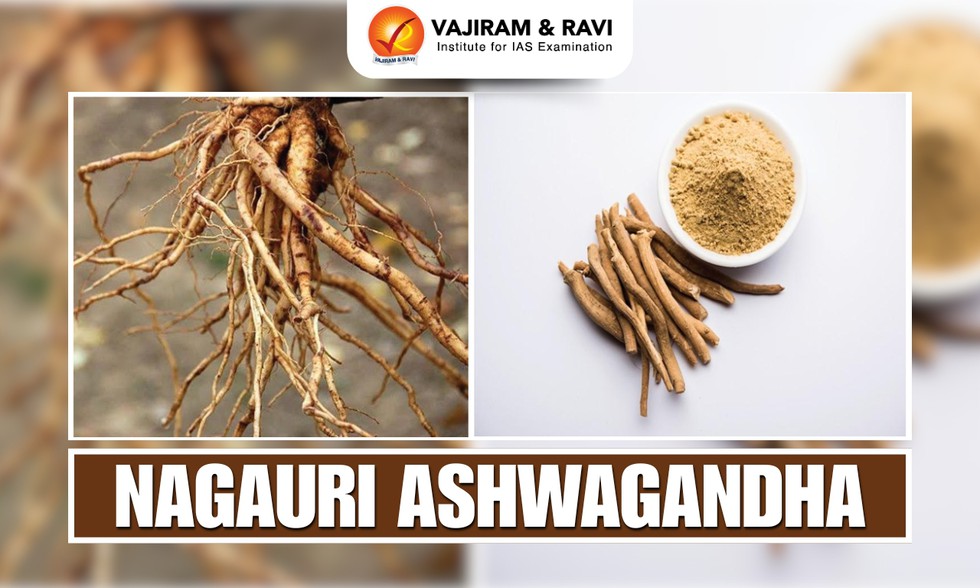
About Nagauri Ashwagandha:
- It is mainly grown in the Nagaur district of Rajasthan.
- Nagaur's dry climate and sandy soil are ideally suited for Ashwagandha cultivation.
- It has longer, thicker roots rich in medicinal compounds, particularly alkaloids.
- Its berries are known for their dark, bright red colour, which is considered a clear indicator of superior quality.
- It has brittle and starchy roots. The ‘Nagori Ashwagandha’ is the supreme among all Ashwagandha varieties in arid region.
Key Facts about Ashwagandha
- Ashwagandha (Withania somnifera) is an important ancient plant
- Other names: Indian ginseng or Indian winter cherry
- Required Climatic Condition for Ashwagandha:
- It grows in dry and sub-tropical regions.
- Soil: It grows well in sandy loam or light red soil having pH 7.5 to 8.0 with good drainage.
- Climate: It is grown as late rainy season (kharif) crop.
- Rain: The semi-tropical areas receiving 500 to 750 mm rainfall are suitable for its cultivation as rainfed crop.
- Temperature: It can tolerate a temperature range of 20 to 38 degree Celsius.
- Major Ashwagandha Producing states: Madhya Pradesh, Rajasthan, Punjab, Haryana, Uttar Pradesh, Gujarat, Maharashtra and Madhya Pradesh are the of the country.
- Benefits of Ashwagandha:
- It has been in use as a medicinal plant for thousands of years, especially in traditional Ayurvedic medicine.
- It is often called an adaptogen, meaning it helps the body adapt to stressors and restore balance.
- Its other benefits are reducing inflammation, increasing energy, alleviating anxiety, ease pain, and improving sleep.
- Different parts of the ashwagandha plant, such as the root, leaves, and berries, may have different concentrations of bioactive compounds.
Environment

